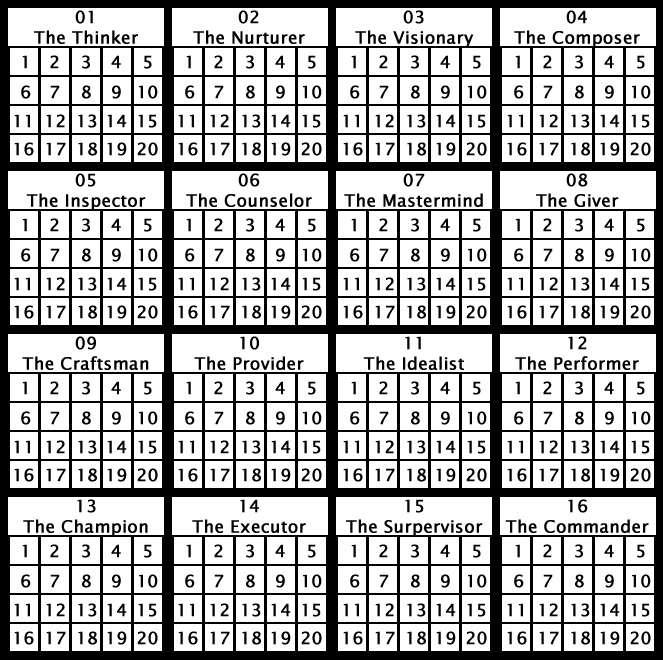The Shattered World
Summary
"The Shattered World" is the non-specific name for the fragmented planet upon which many diverse shards are housed. Each populated shard has their own name or word for the world (if they recognize that it exists). The shattered landmasses of the planet are suspended in place, neither at risk of drifting away, nor crashing into the core -- at least, not any time soon. The planet still has an ordinary, natural rotation, and is surrounded by an atmosphere which is breathable for living creatures on the land masses, but less breathable in the void or abyss between shards.Geographical Quadrants
For an easily understood breakdown of mapping the locations of shards, an geographical quadrant system exists. The world can be thought of as being divided into Northern and Southern hemispheres, with each divided into four parts. These are denoted for the convenience of the players as N-1, N-2, N-3, N-4, S-1, S-2, S-3 and S-4. This quadrant breakdown is for the convenience of the players, but is also used in Dusterthian geography. (See Dusterth)Planetary Features
This world is significantly larger than Earth by comparison. It is about 1.6x the size of Earth. An axial rotation (or full day) lasts about 1,666 Earth minutes (or 27.77 Earth hours), and a year consists of 320 of these rotations. Gravity is identical to Earth's... at least where the landmasses exist. Some nearly 0g conditions exist in the void between shards.Shard Size Classes
The sizes of shards are divided, for the convenience of players, into various classes. These are comparable to real-world Earth locations for an understanding of the comparable scale of the shards. Arcassia uses this system to understand other shards' sizes. Dusterth merely records measurements, and doesn't particularly classify them. These classes will be referenced in shard articles. Class S: Larger than 20 million mi².[Slightly larger than the continents of Asia and Australia combined, and beyond.]
Class A: Between 15 - 20 million mi².
[Around the size of the continent of Asia, up to around the size of Asia and Australia combined.]
Class B: Between 10 - 15 million mi².
[Slightly below or somewhat larger than the continent of Africa.]
Class C: Between 5 - 10 million mi².
[Roughly between the size of the country of Russia and the size of the continent of North America.]
Class D: Between 1 - 5 million mi².
[Roughly between the size of the country of Kazakhstan and the size of the countries of India and China combined.]
Class E: Between 500k - 1 million mi².
[Slightly greater or slightly smaller than the size of the country of Mexico.]
Class F: Between 100k - 500k mi².
[Between the size of the country of New Zealand to about 2x the size of the country of Ukraine.]
Class X: Less than 100k mi².
[Around or less than the size of the state of Oregon.]
Objective Passage of Time & Common Time Measurement
Though many shards don't measure time the same way, there is a general, widespread, commonly observed method of measuring the passage of time. In general, the "second" (which has different names on each shard) is typically measured in heartbeats, or at least, it once was. Since resting heartbeats change, an average of 75 heartbeats per Earth minute are what was used to determine how fast a Shattered World "second" is. Therefore, the common Shattered World second is actually just 0.8 or 4/5ths of an Earth second. Going by the Shattered World's unit of measurements for time, a year in the Shattered World (or one axial rotation) is 320 days long. A day is 25 hours long. An hour is 50 minutes long. A minute is 100 seconds long. Each month is 20 days long, and there are 16 months, or 4 months per season. This, of course, can differ on other isolated shards, like Frojier, where day and night are effectively half a year long due to their nearly polar position on the planet. For the sake of differentiating time, consider Earth seconds, minutes, hours, days, and years to be ES, EM, EH, ED, and EY. Consider Shattered World seconds, minutes, hours, days, and years to be SWS, SWM, SWH, SWD, and SWY.1 SWY = 320 SWD (Equivalent to 370.37 ED)
1 SWD = 25 SWH (Equivalent to 27.78 EH)
1 SWH = 50 SWM (Equivalent to 66.67 EM)
1 SWM = 100 SWS (Equivalent to 80 ES)
In the shattered world, the calendar usually is as follows:
Geography
The Shattered World is relatively earth-like in terms of geographical formations, save for the fact that it is suspended in a shattered state, with chunks of earth (also known as "shards") floating around an exposed, molten lava core. Each shard's geographical makeup definitely proves that it was once a united planet. For instance-- mountain ranges can fall off the edge of one shard and resume on another shard, suggesting they may have been connected at some point.
Habitable shards tend to have enclosed bodies of water, contained either by land, ice, or an ethereal force. Ocean shards do exist as well, and typically have a few islands of dry land, though some do not.
Type
Planet
Included Locations









Comments